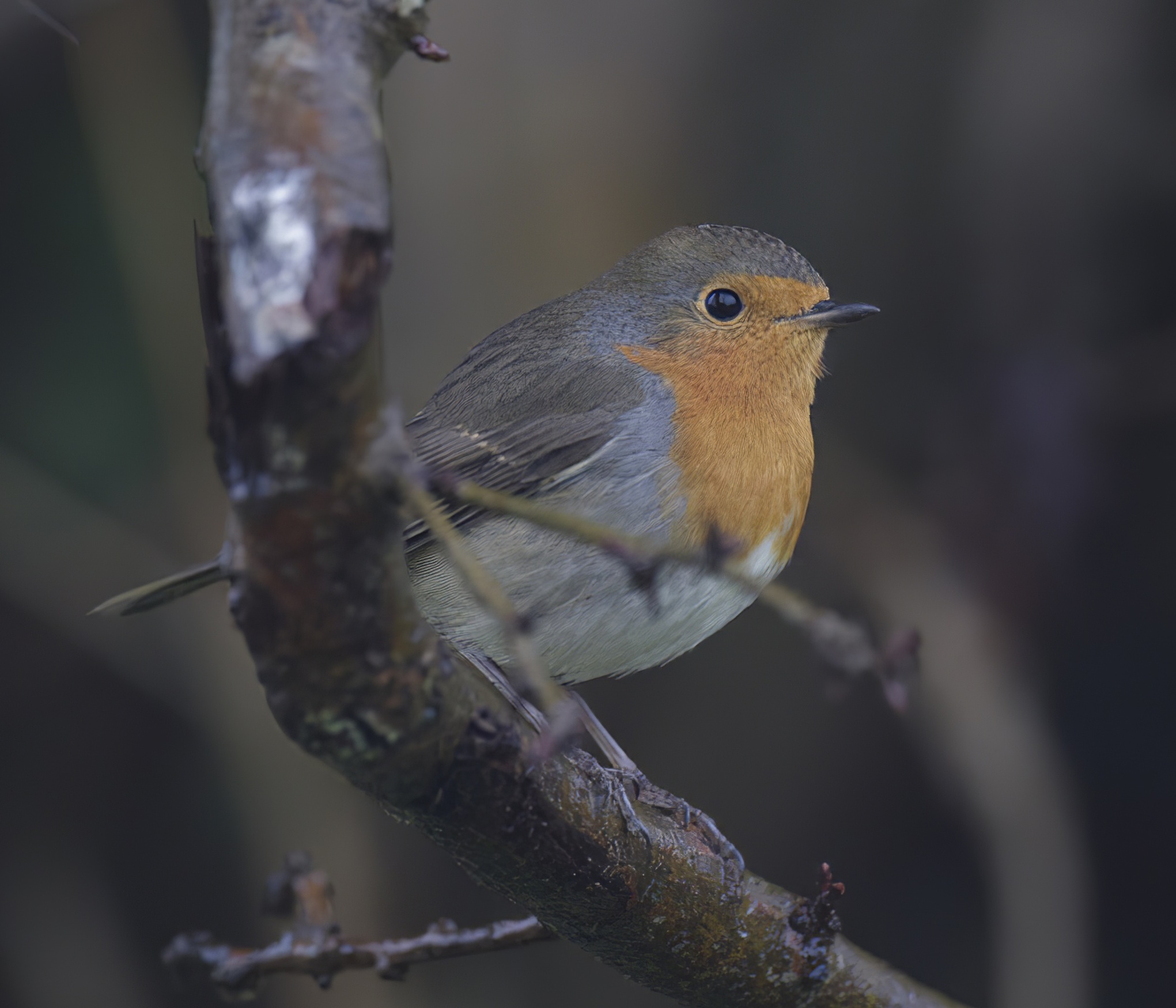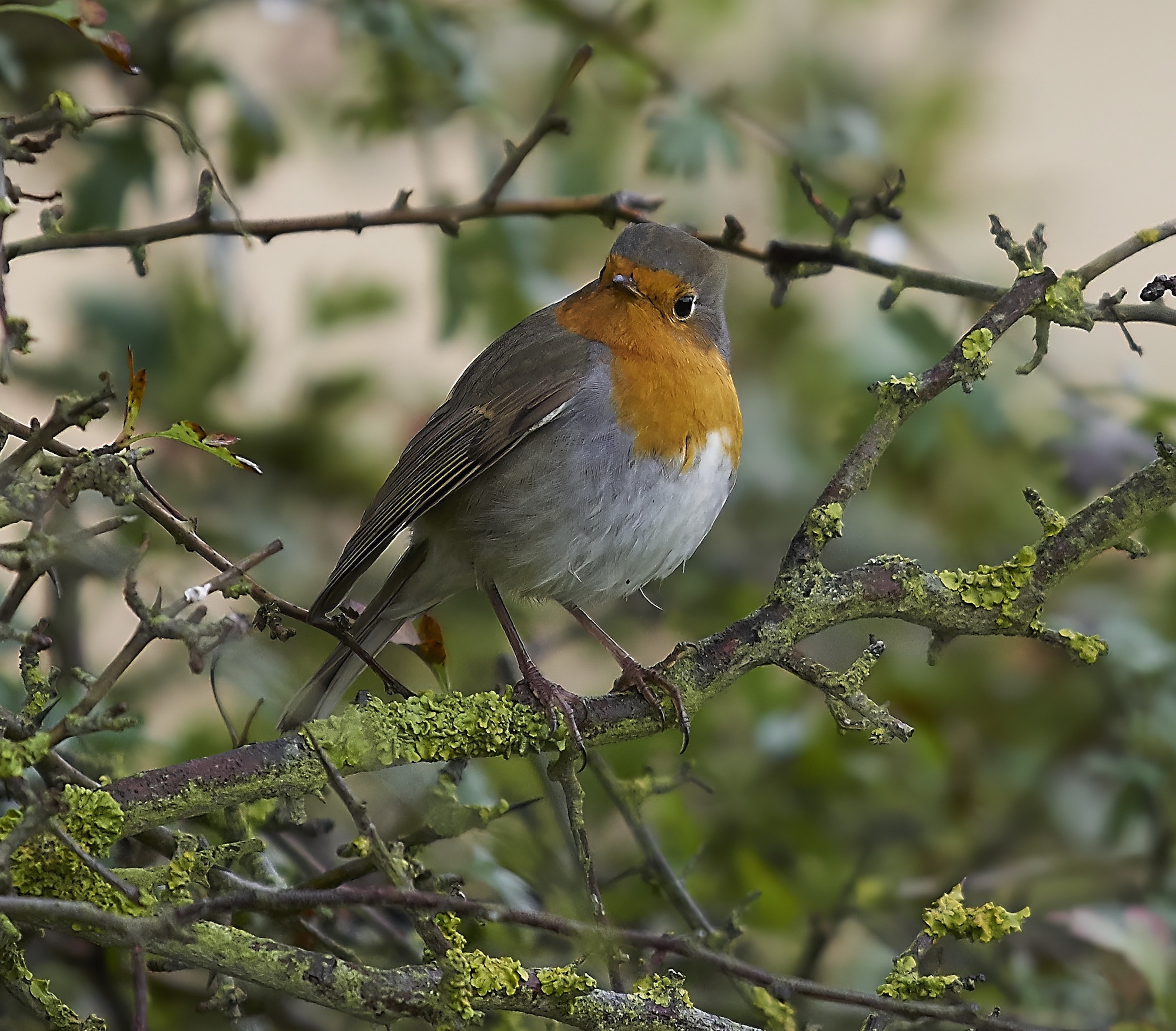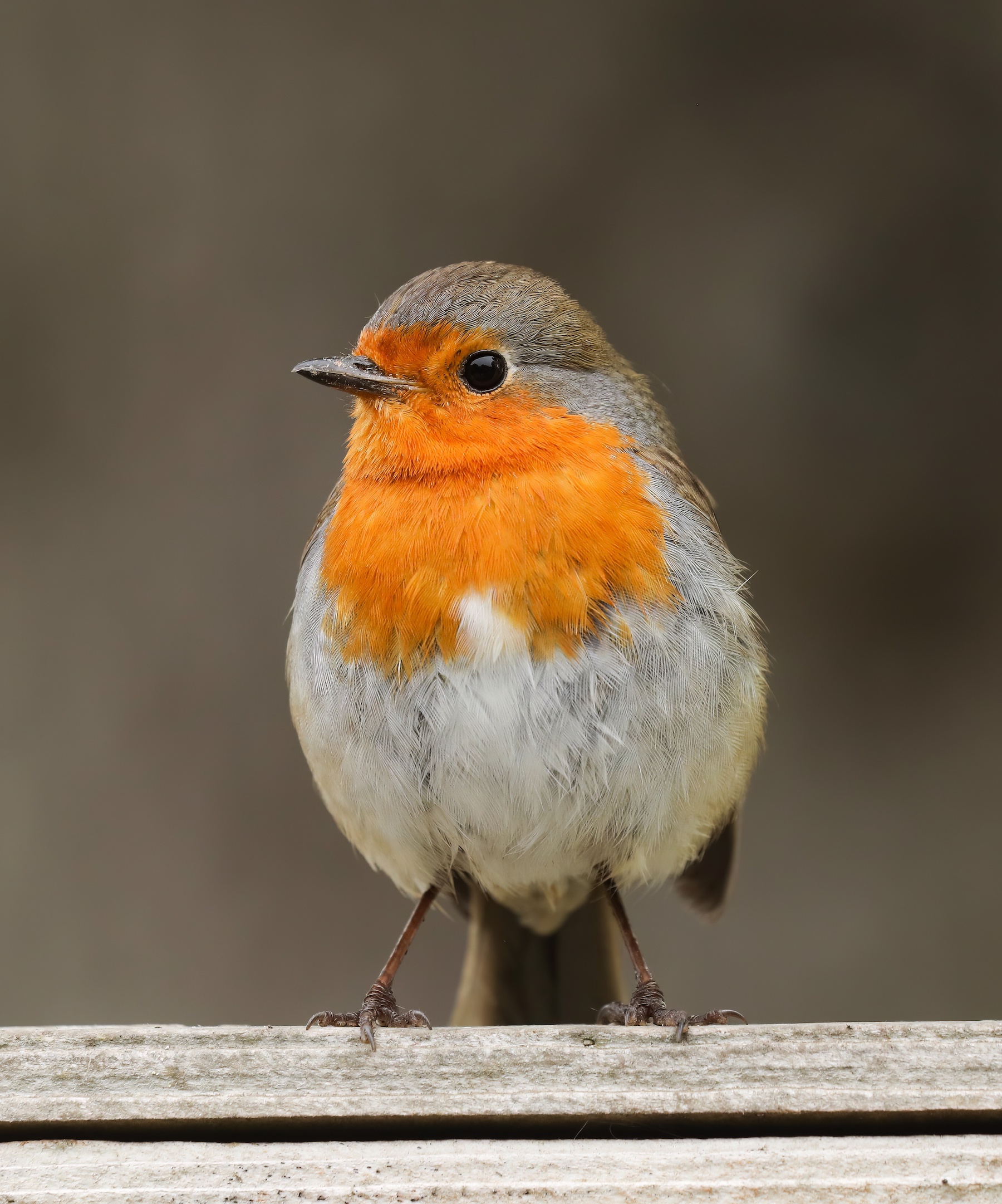Robin Erithacus rubecula
British form melophilus an abundant resident. Nominate continental form a common passage migrant and winter visitor.



The north wind doth blow and we shall have snow. And what will the Robin do then, poor thing! Times have changed since the popular rhyme was written in the fifteenth century. Following the mini-ice age of the Maunder Minimum 1645-1715 (a period during which sunspots became exceedingly rare) the hard winters of 1947 and 1963 and the more recent warming of the last three decades Robin Redbreast is doing well. The Lincs BBS index shows a “long term” increase of 79% in the breeding population since 1994 of this most popular of British birds. The Atlas estimated the population in the 1980s at 113,000-137,000 pairs and APEP4 adjusted put the population of Lincs at around 100,000 in 2016 an incongruence between the index, the Atlas and the adjusted APEP4 estimate that is not easily explained. Autumn falls of the greyer, nominate continental race Robin, E.r.rubecula are an annual October feature with the annual peak site count occurring between October 8th-17th during the five years to 2018 per LBR reports. Peak county wide annual one day counts (all at Gibraltar Point) ranged from 180 in 2017 to 442 in 2014, averaging at 300. Foreign-ringing birds in Lincolnshire have predominantly come from Belgium, Germany and Scandinavia. Birds ringed in the county have been trapped or recovered in Germany, Morocco, Norway, Scandinavia and The Netherlands.
(Account as per new Birds of Lincolnshire (2021), included December 2022)
